Votre panier est vide
Besoin d'inspiration ?
Rendez-vous dans le programme en ligne du GrandPalais
Article -

Les décors des premières civilisations antiques sont souvent schématiques. Formes géométriques, végétaux, animaux et personnages sont représentés de façon très simple. Un même motif est très souvent répété en frise. Des symboles apparaissent.
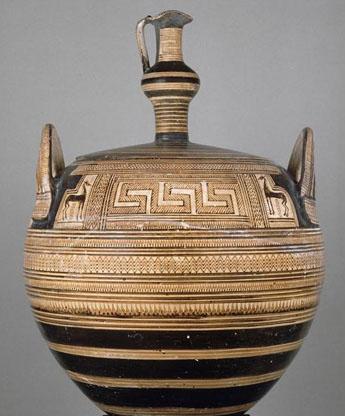
The decoration of the first ancient civilizations was often schematic. Geometric shapes, flora, fauna and people are represented in a very simple way. The same pattern is often repeated in a frieze. Symbols appear. Middle Eastern craftsmen at first, and later Celts would use arrows, spirals, Greek borders, trisceles, S-curls, swastikas, interlacing, ovals, etc. on a variety of media.
Then, gradually, artists developed a whole repertoire, rich in figurative images: Eastern, Egyptian and Greek gods… heroes in action (sagas of Gilgamesh, Ulysses, Heracles), sovereigns depicted alone or surrounded by people close to them (aristocrats, priests, soldiers, servants, workers), shown going about their everyday duties and tasks.
Representations of military campaigns, on which the great Babylonian, Persian and Macedonian empires were built, are legion. Honouring the victorious side, they decorate the walls of large buildings.
Other favourite subjects : animals, in part inspired by those from the real world like goats, ibexes, lions, boars and horses, and in part by those from the imaginary or mythical world, such as the sphinx, the griffon, the winged bull, and in China the taotie or the dragon.
With the birth of philosophy, in Greece, in the 5th century BC, Man would become increasingly less important in relation to the gods. Portraits of famous people (politicians, philosophers, etc) began to appear. In China, in around the same time, Confucius would also place Man at the centre of his preoccupations. His teachings would leave an enduring mark on Chinese civilization and art.
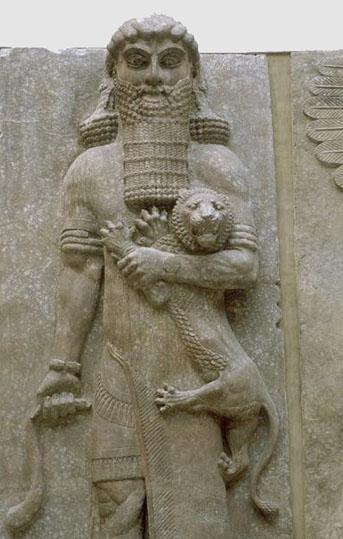
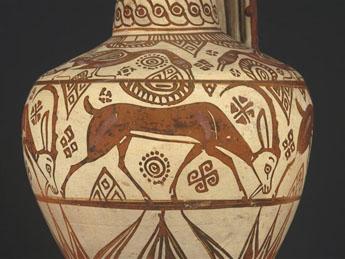
Votre panier est vide
Besoin d'inspiration ?
Rendez-vous dans le programme en ligne du GrandPalais
See content : In the fantastic world of Eva Jospin: 8 questions for the artist
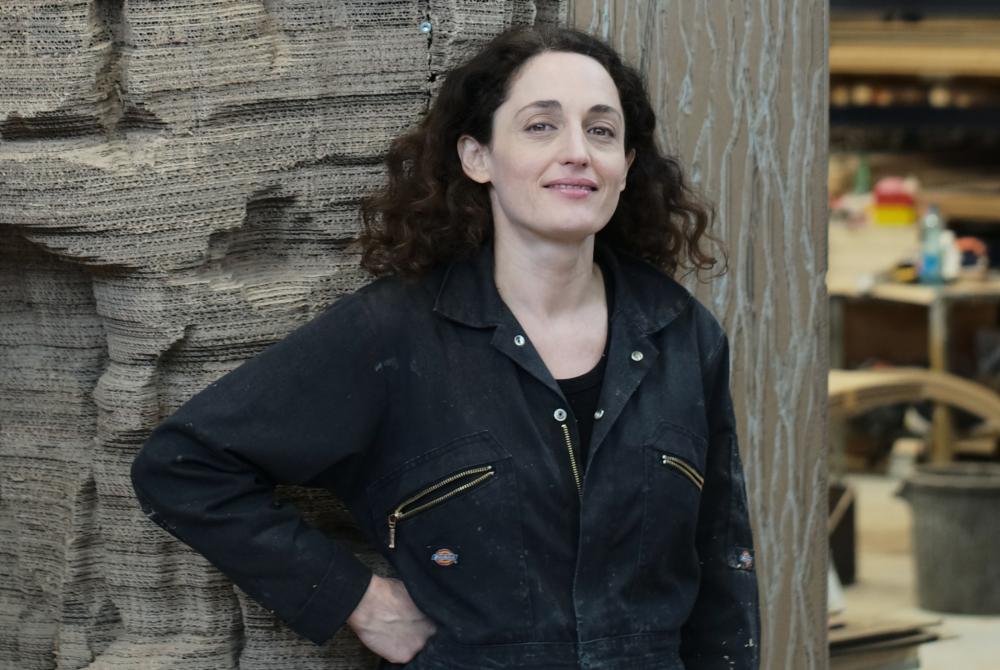
Article -
At the Grand Palais, Eva Jospin's "Grottesco" exhibition offers a timeless journey. Mysterious caves, sculpted nymphaea, petrified forests and "embroidered tableaux" come together to form a world apart. In this interview, the artist reveals her sources of inspiration, her relationship with cardboard and embroidery, and the way she turns each viewer into an explorer of her fantastical landscapes.
See content : It's open! Eva Jospin and Claire Tabouret: two new exhibitions at the Grand Palais
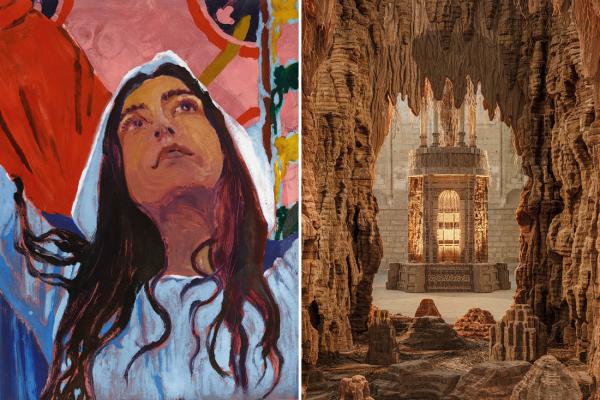
Article -
Until March 15, you're invited to explore the fascinating worlds of Eva Jospin and Claire Tabouret, presented in two Grand Palais galleries linked by the same entrance.
See content : A treasure of the Sun King soon to be displayed under the glass roof of the Grand Palais: book your tickets now!
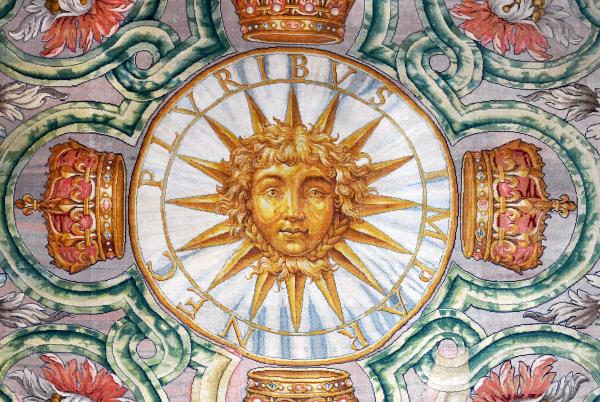
Manufacture de la Savonnerie d’après Charles Le Brun (1619-1690), Tête d’Apollon, détail du 6e tapis de la Grande Galerie du Louvre, laine et lin, 8,82 x 5,94. Paris, Mobilier national
Article -
Seven days only, some thirty carpets on display, a royal setting resurrected: enter the legend of the Sun King, under the majestic glass roof of the Grand Palais. Ticketing is now open!